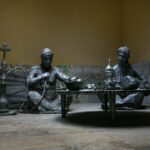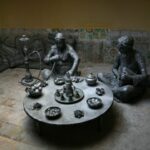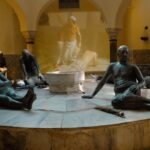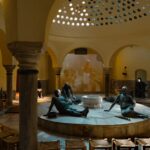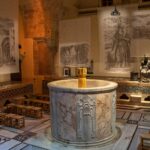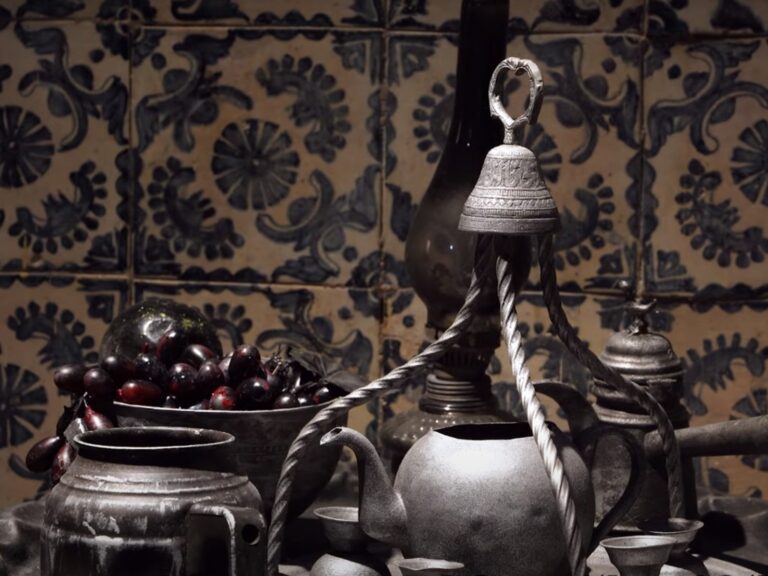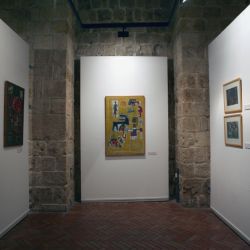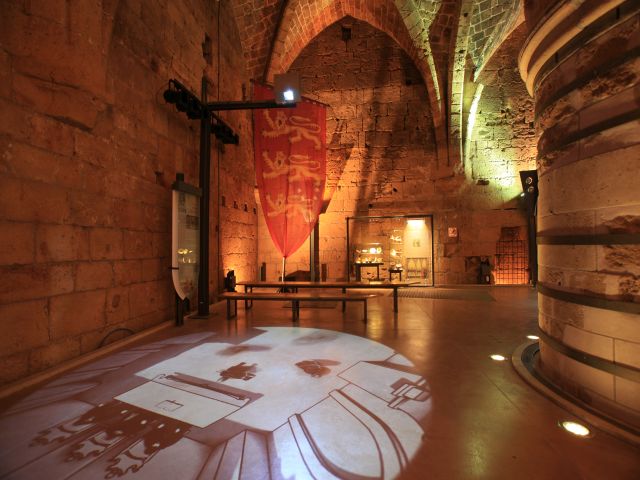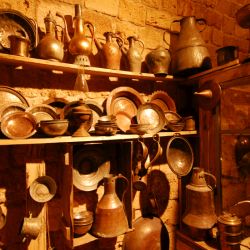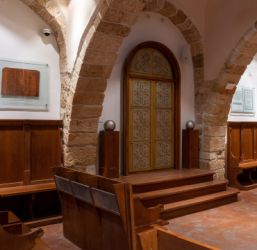Learn how the Ottomans people used to pamper themselves.
This Hammam is preserved from the 18th century. It is a Turkish Bath House that was built by Jazzar Pasha the famous ruler of Akko. It was the social center of the city, a place to hear the news, to make business. All the gossip of the city started here!
The Turkish Bath House, “Hammam el-Basha” was built at the end of the 18th century by Governor of Akko, Jazzar Pasha. At first it was called “Hammam al-Jadid” (the new Hammam), but its name was subsequently changed to Hammam al-Basha (the Pasha’s hammam), in honor of el-Jazzar. The Turkish bath’s construction was part of the transformation of Akko during the Ottoman Period from a small fishing village (primarily at the hands of al-Jazzar Pasha) into a teeming port city and a major construction and trade center. During his reign, el-Jazzar strove to further the city in many and varied ways. Among his accomplishments is the aqueduct which led the springs water to the city, the breakwater for safe docking at the port and major buildings such as the Khan el-Umdan, Akko’s largest mosque, his luxurious palace and of course, the Turkish bath.
The Hammam features three main sections:
The dressing room – this is the first room you will enter from the courtyard. This is where the Hammam visitors got undressed, left their clothes, wrapped themselves in special towels, put on their Hammam sandals and went for their various treatments. After the treatments, this is where they returned to rest and unwind.
The four intermediary rooms, which are located between the cold room and the hot room – the lukewarm rooms – served as various treatment and activity rooms (from cosmetic treatments, healing, and massage treatments, dating parties and childbirth preparation sessions).
The hot room – the hot room is the heart of the hammam – the steam room, which housed a sauna and a steam bath. Treatment consisted of scrubbing, soaping, and massaging of the body and soul. The small rooms surrounding the central stage were used for individual treatments for the wealthy and the privileged.
For about one hundred and fifty years – from its inception to the War of Independence in 1948, the Hammam served as an active bath house. In addition to its religious function of fulfilling the commandment of purification preceding prayer, the hammam met a substantial number of needs in all walks of life in the Ottoman city. It served as a site for social encounters, rest, entertainment, and celebrations. It is where doctors and barbers met, and it also served as a house of luxury for the city’s well-to-do. In other words, this was where things happen and where the latest events were discussed – important historical events as well as the latest gossip.
The Story of the Last Bath Attendant
The Story of the Last Bath Attendant presents a novel approach to depicting a chapter in the history of Akko – the Ottoman Period.
In lieu of an ethnography or history museum, we chose to present chapters of the period by breathing life into the hammam and involving the visitor in the stories from between its walls.


